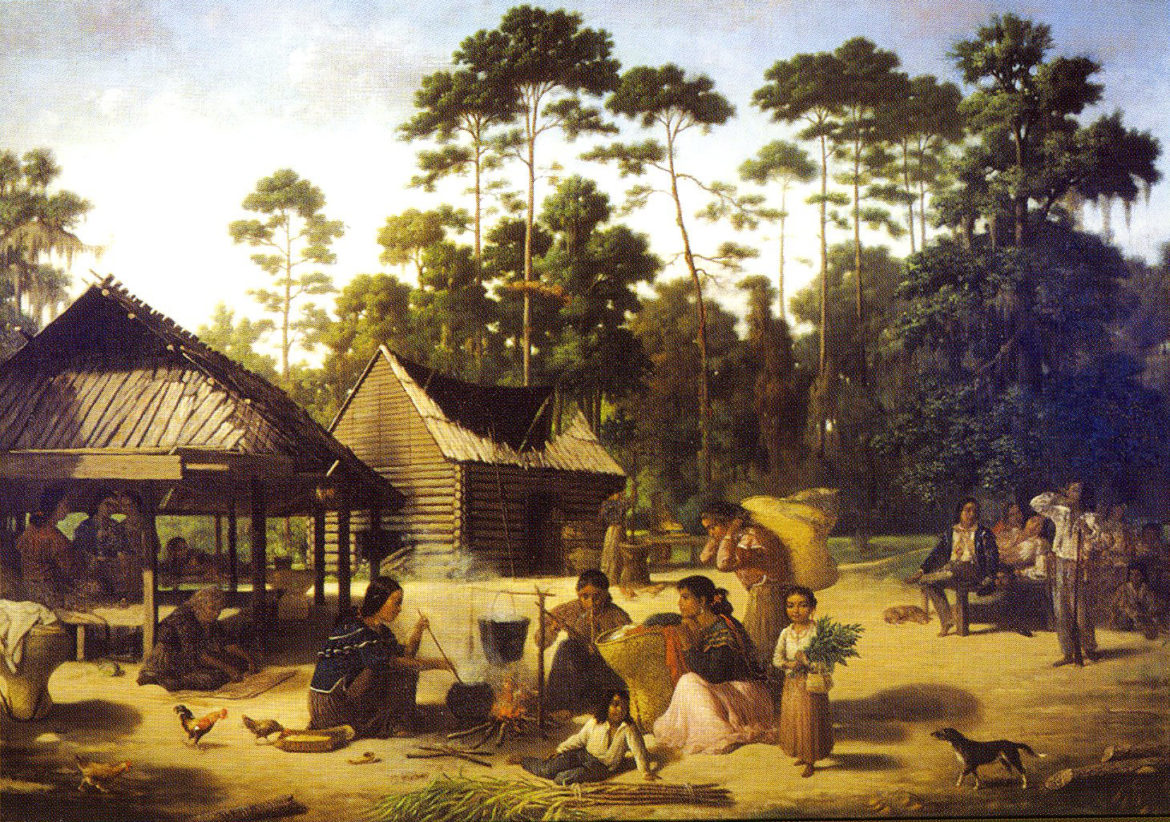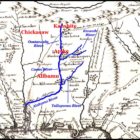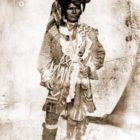Alabama Indian Villages, Towns and Settlements
INDIAN VILLAGES, TOWNS AND SETTLEMENTS
|
Alabama Indian Villages, Towns and Settlements
When Alabama was first established as part of the Mississippi Territory in the early nineteenth century, the vast majority of the land belonged to the Creek Indian Confederacy, and most of the Native American towns in Alabama were inhabited by the Creeks. The Creek Nation was divided among the group known as the Upper Creeks, who occupied territory along the Coosa, Alabama, and Tallapoosa rivers in central Alabama, and the Lower Creeks, who occupied the areas along the lower Chattahoochee, Ocmulgee, and Flint rivers in southwestern Georgia. Credits:
Histopolis – Bollaborative Genealogy & History
Geoff Mangum’s Native America Project
Vicki Roema, Footsteps of the Cherokees (2007)
W. Stuart Harris, Dead Towns of Alabama (1977)
Aboriginal Towns in Alabama, Handbook of the Alabama Anthropological Society, 1920
Swanton, John R., Early History of the Creek Indians and Their Neighbors. Pub. Smithosian Institution, Bureau of American Enthnology, Bulletin 73.




